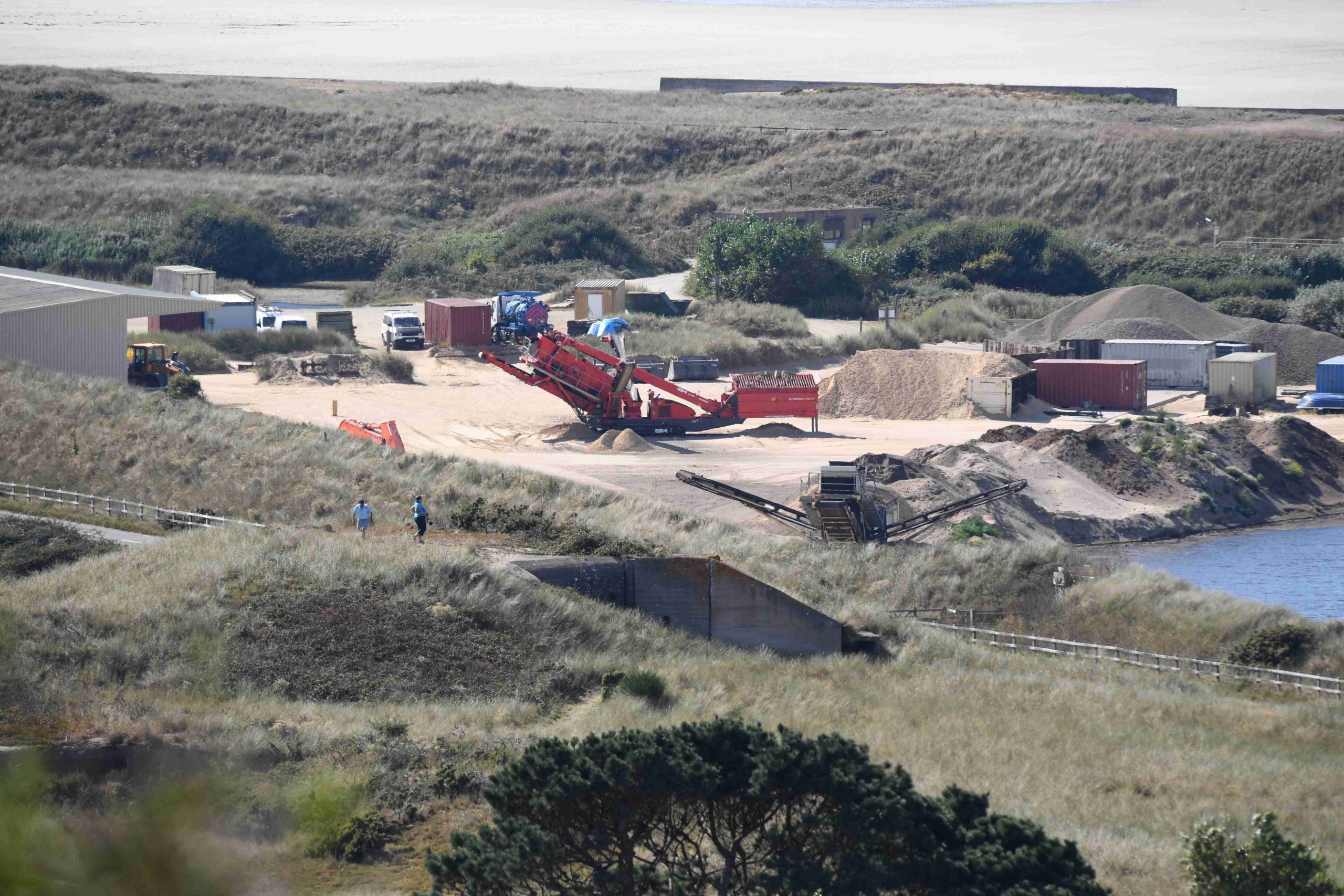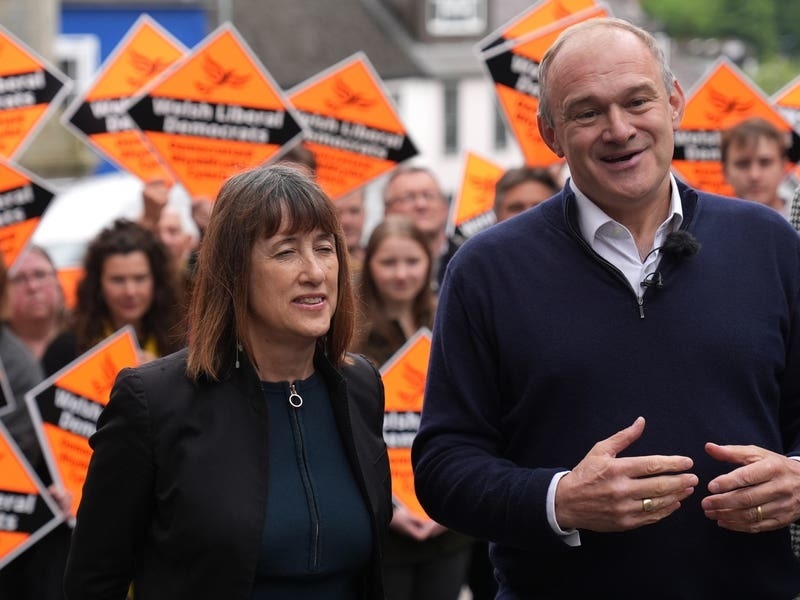THE Environment Minister has lodged a further 11 amendments to the Bridging Island Plan, which could sanction further extraction at a sand quarry, increase affordable housing across Jersey and extend the green backdrop zone in St Brelade’s Bay.
Deputy John Young’s proposed changes mean that almost 100 amendments have been lodged, with a flurry of activity from States Members looking to tailor the government’s plan – which will set planning policy for the next three years – ahead of a crunch vote next month.
In a bid to follow up recommendations from an independent planning inspector, Deputy Young said that despite originally being minded not to support the continued extraction of sand ‘in the sensitive landscape setting of St Ouen’s Bay’ or allow the continuation of the Simon Sand and Gravel quarry, he now believed it was ‘ appropriate for the new Bridging Island Plan to enable the continuation of the extraction of local sand reserves’.
However, this would only be within the bounds of the existing site. The quarry has been closed since September last year.
Continued extraction would only be supported where a ‘comprehensive and thorough assessment of all of the environmental implications of further extraction’ was considered as part of a planning application, and also be conditional on a ‘phased restoration plan’ for the whole quarry site.
Deputy Young said he had factored in the sustainability of importing materials, cost implications for the construction industry and planning inspector comments that the area was already part of a quarry operation. Concerns had been raised around an increase in construction costs with materials needing to be imported.
However, the National Trust for Jersey has campaigned for the quarry to be closed to protect the area.
The minister previously indicated that he would be lodging further amendments in a report responding to inspector Keith Holland, who held a two-week public examination of the proposals in late 2021.
Responding to an amendment by St Brelade Constable Mike Jackson, Deputy Young said he supported extending planning protection to the area above Ouaisné.
The ‘green backdrop zone’, located within parts of built-up areas, features ‘low density residential development set amongst private gardens or natural landscaping, providing a green backdrop and setting to much of St Helier, St Aubin, Gorey and St Brelade’s Bay’, according to the amendment.
‘This landscaped setting is important for the character of these areas, and for the enjoyment of views from the sea, the beach, and along the coast and from within the built environment,’ it stated.
Deputy Young also proposes that any redevelopment of buildings along the shoreline of St Brelade’s Bay should not be supported, if the development is larger or has a greater ‘visual impact’ than what is currently there.
The Environment Minister has backed up proposals he outlined at the end of January, which would see affordable housing built on nine further fields across six parishes, while controversial sites in St Helier and St Clement are to be removed, if successful.
The three fields withdrawn from the list in St Helier lie on Grande Route de St Jean, next to Grande Route de Mont à L’Abbé, and are currently used for grazing by an accredited organic herd of Jersey cows, while three in St Clement along Grande Route de la Côte, close to Green Island and Rue de Samarès, had prompted vocal opposition from residents, who cited the parish’s high population and small land area.
To help meet a new ambition of 1,650 affordable units, nine replacement fields would incorporate 265 new homes. The sites added to the list in St Helier, St John, St Mary, St Peter, St Saviour and St Ouen were recommended for rezoning by Mr Holland.
Deputy Young has also added a timescale for the development of a marine park to protect the Island’s underwater habitats, an amendment originally lodged by Senator Lyndon Farnham, to make sure this is done by 2025.
Other amendments include protections for listed buildings and conservation areas, which would also ensure these spaces were accessible to those with disabilities.
Additionally, Deputy Young said he was willing to consider ‘further flexibility’ to a policy regarding new homes in the countryside, which covers the conversion of traditional farm buildings, re-use of listed buildings and creation of separate households to provide accommodation for a dependent in need of care.
Increased flexibility would ensure the optimal use of existing housing stock, he said, with additional households allowed if plans meet minimum standards, the property has ‘sufficient services, space and infrastructure’, it does not lead to over-occupancy and ‘where this can be achieved without creeping urbanisation and adverse impacts on the character of the countryside’.






